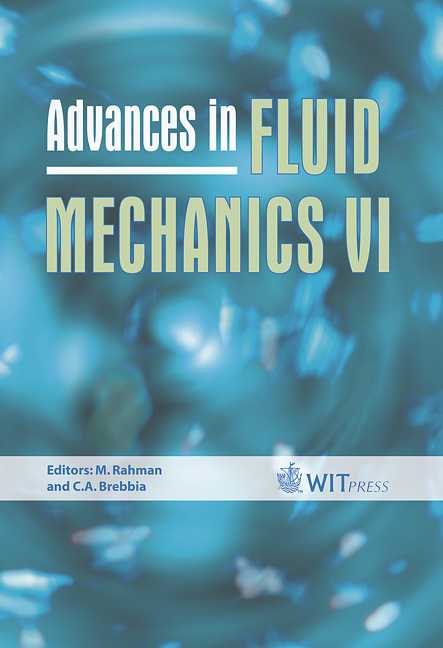Finite Amplitude Evolution Of Frictionally Destabilized Abyssal Overflows In A Stratified Ocean
Price
Free (open access)
Transaction
Volume
52
Pages
7
Published
2006
Size
300 kb
Paper DOI
10.2495/AFM060191
Copyright
WIT Press
Author(s)
G. E. Swaters
Abstract
In the immediate vicinity of a deep sill, abyssal ocean overflows can possess current speeds greater the local long internal gravity wave speed with bottom friction and down slope gravitational acceleration playing a dominant role in the dynamics. The parameter regime for the finite amplitude transition to instability is described for marginally unstable super critical frictional abyssal overflows where there is weak coupling between the overflow and gravest-mode internal gravity waves in the overlying water column. 1 Introduction The flow of dense water over deep sills is a source point for abyssal ocean currents. These flows, such as, for example, the Denmark Strait Overflow (hereafter DSO, e.g., [1-6]), make an important global-scale contribution to the convective overturing of the oceans. Abyssal currents of this kind are responsible, as well, for deep water replacement in marginal seas (e.g., [7]) and the along slope propagation of cold bottom intensified anomalies (e.g., [8]). Swaters [9,10] has shown that in the near-inertial regime, super critical over- flows can be destabilized by bottom friction. Within the overflow, the instabilities take the form of propagating, growing periodic bores or pulses (and are the rotational analogues of classical roll waves). In the overlying water column the instabilities take the form of amplifying internal gravity waves. For typical DSO parameter values [9], the most unstable mode has a wave length about 45 km,
Keywords





